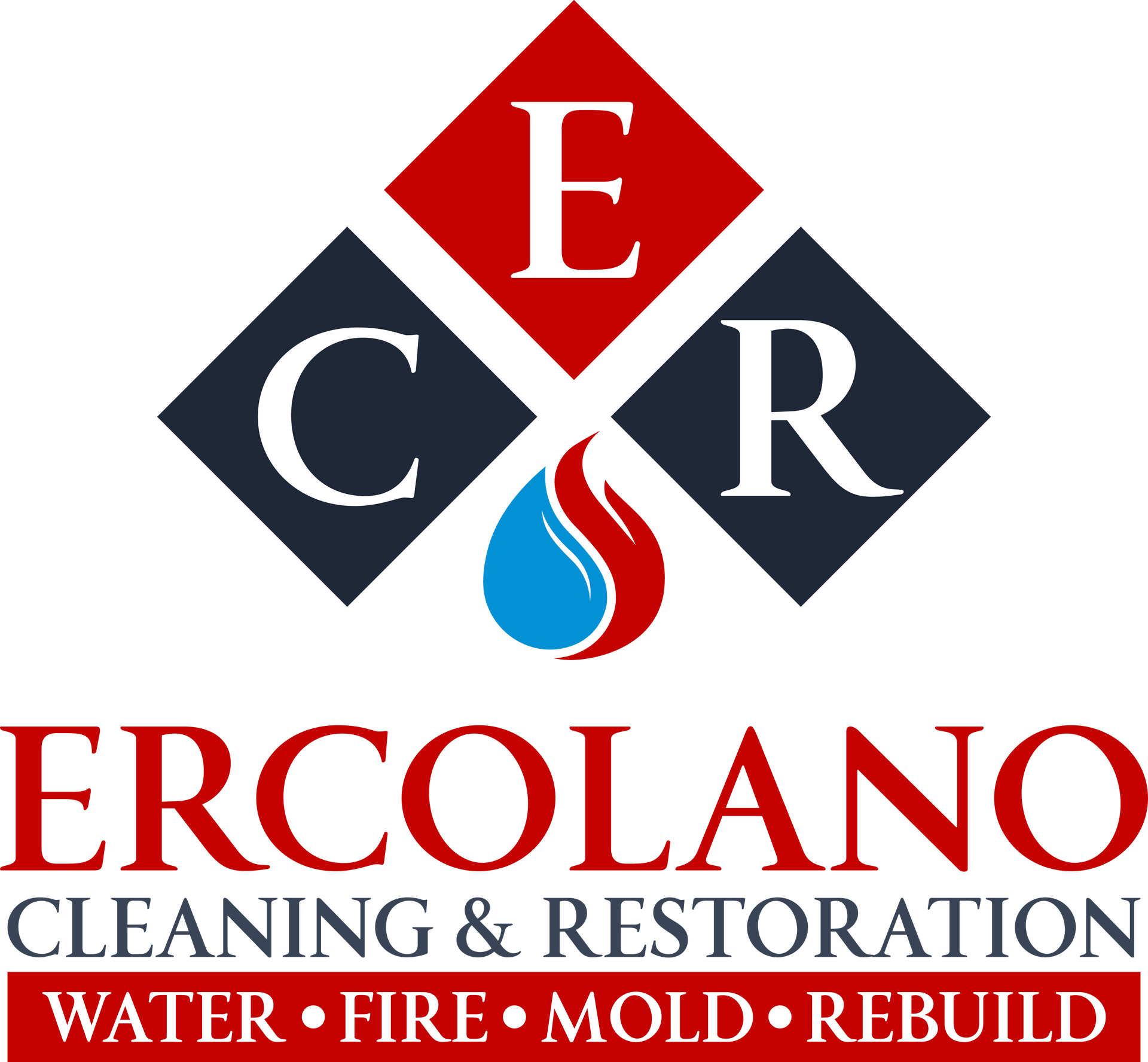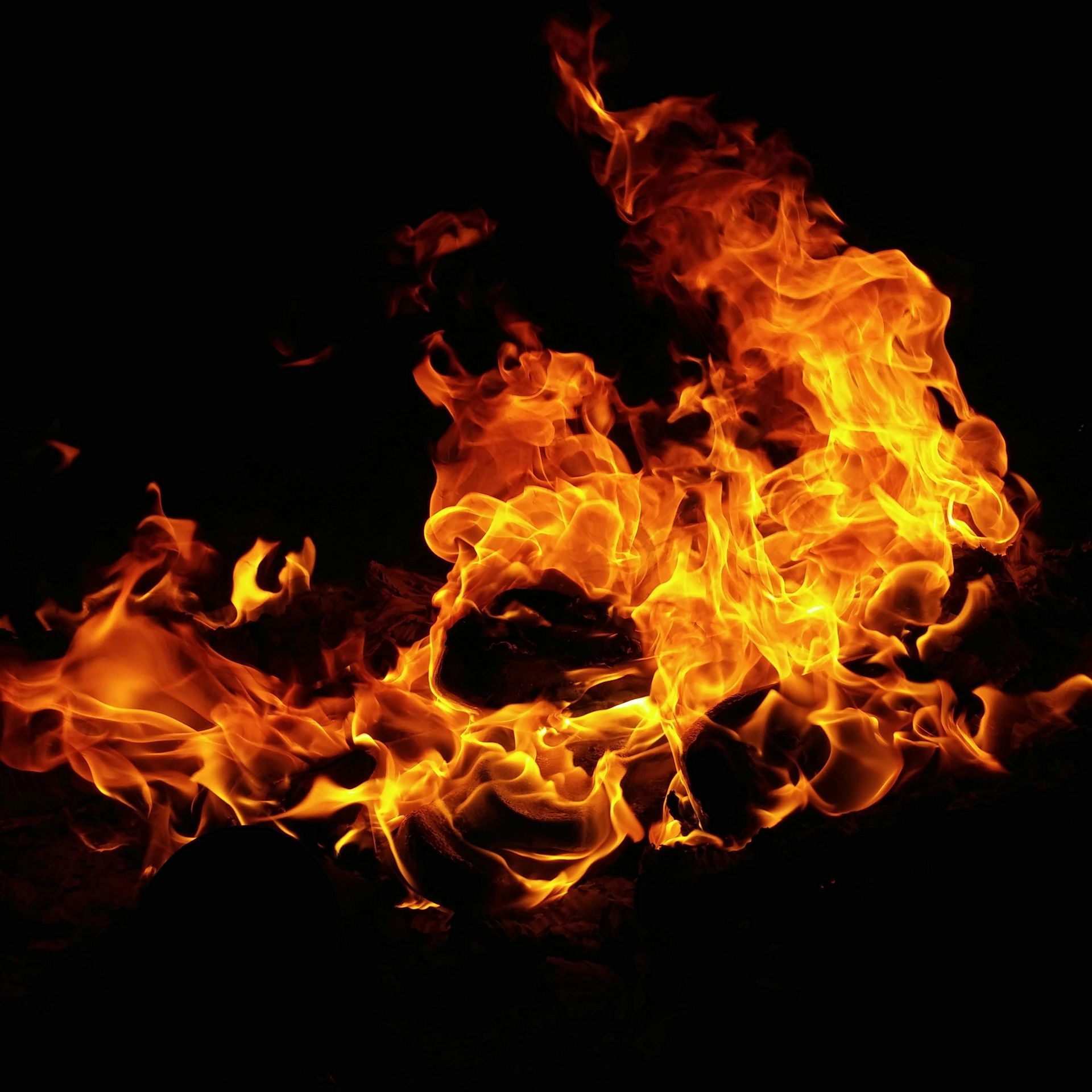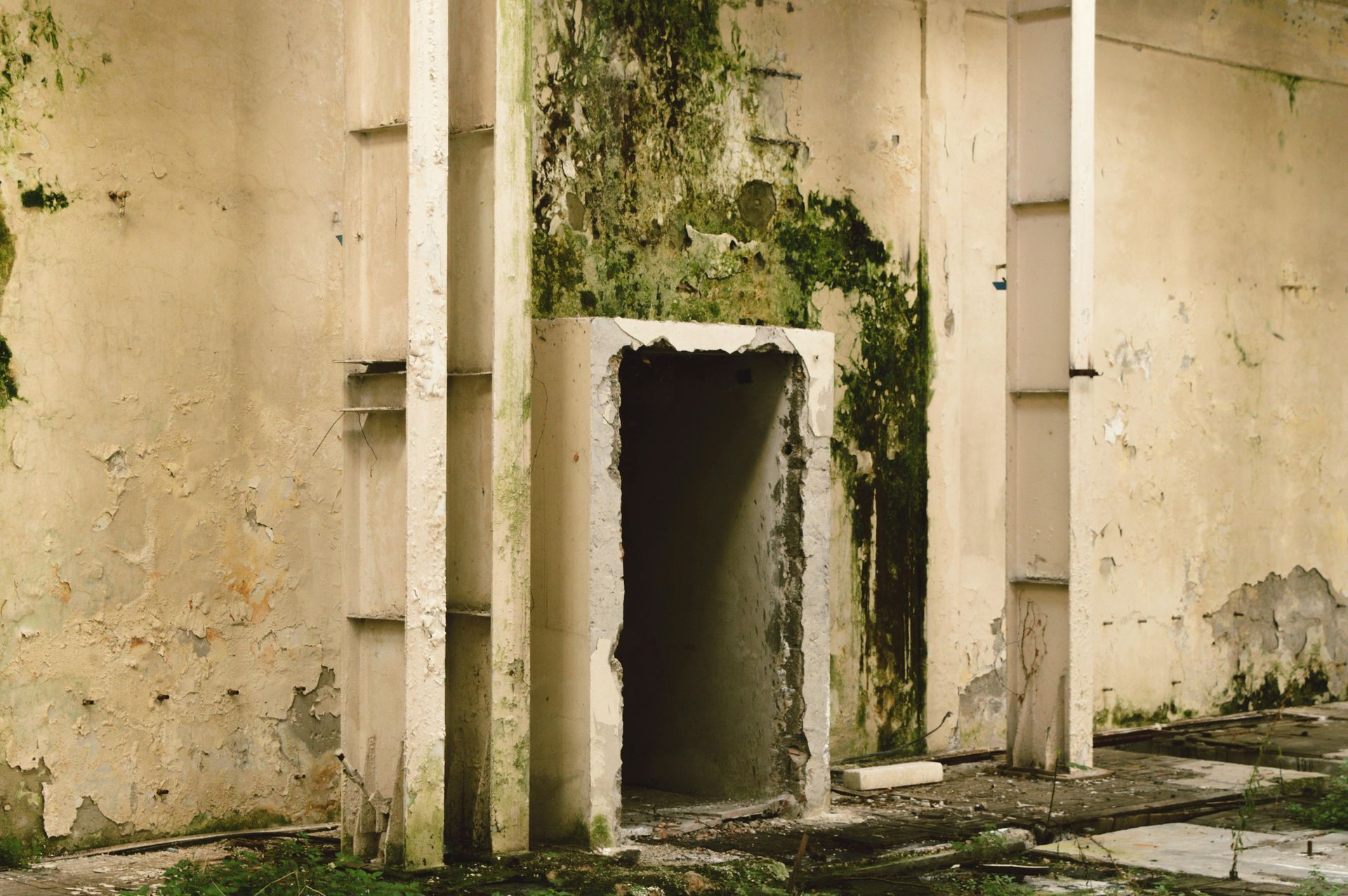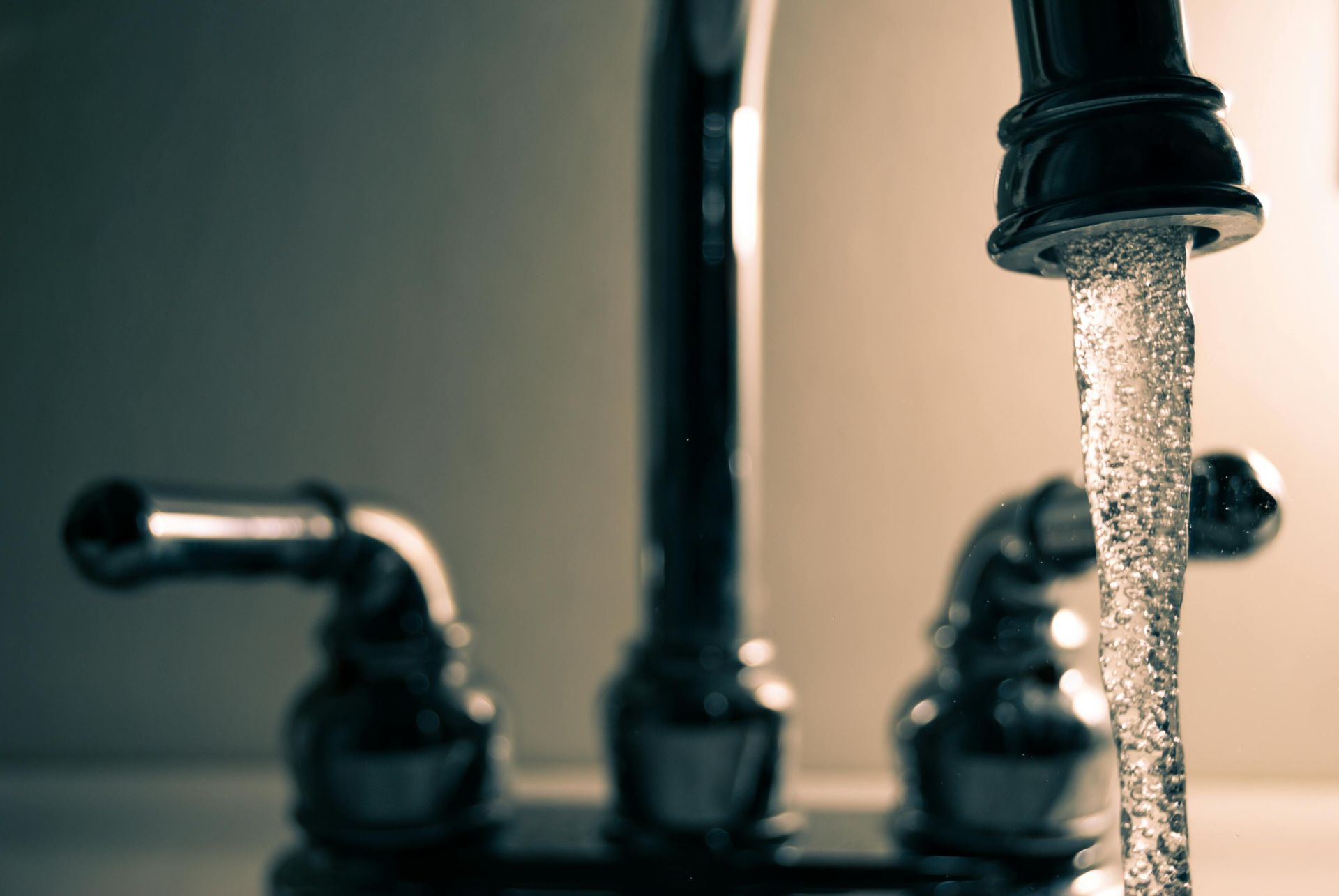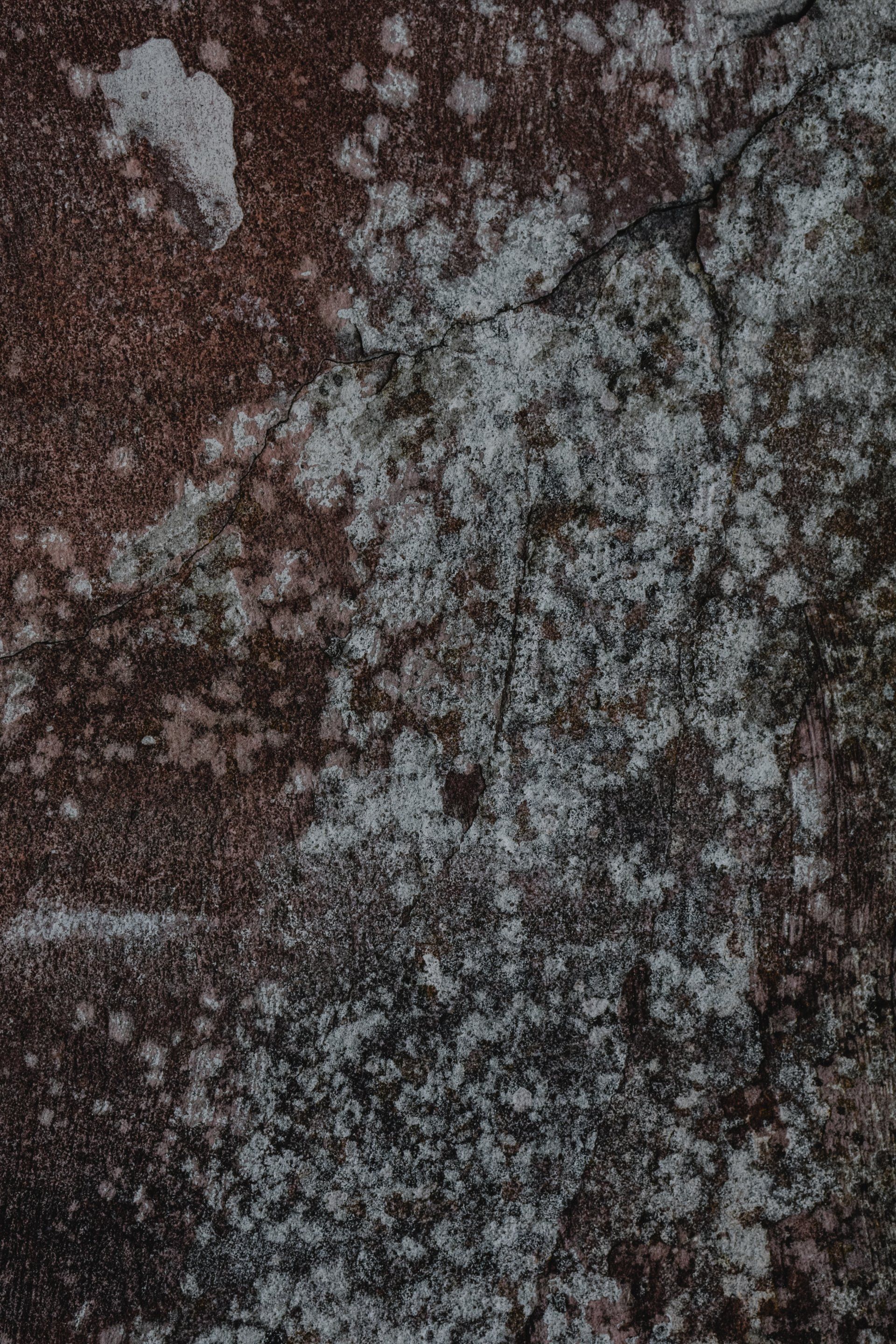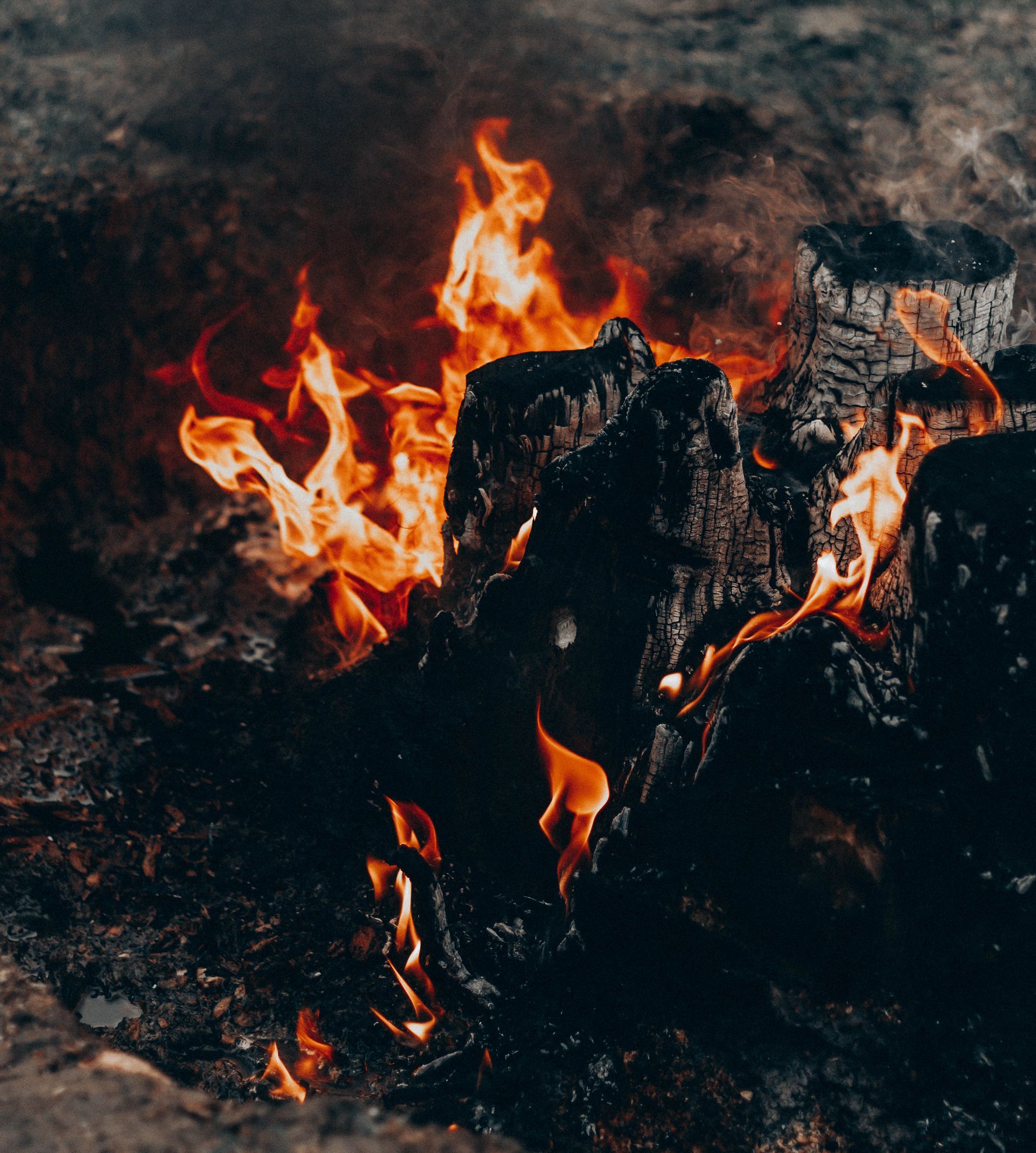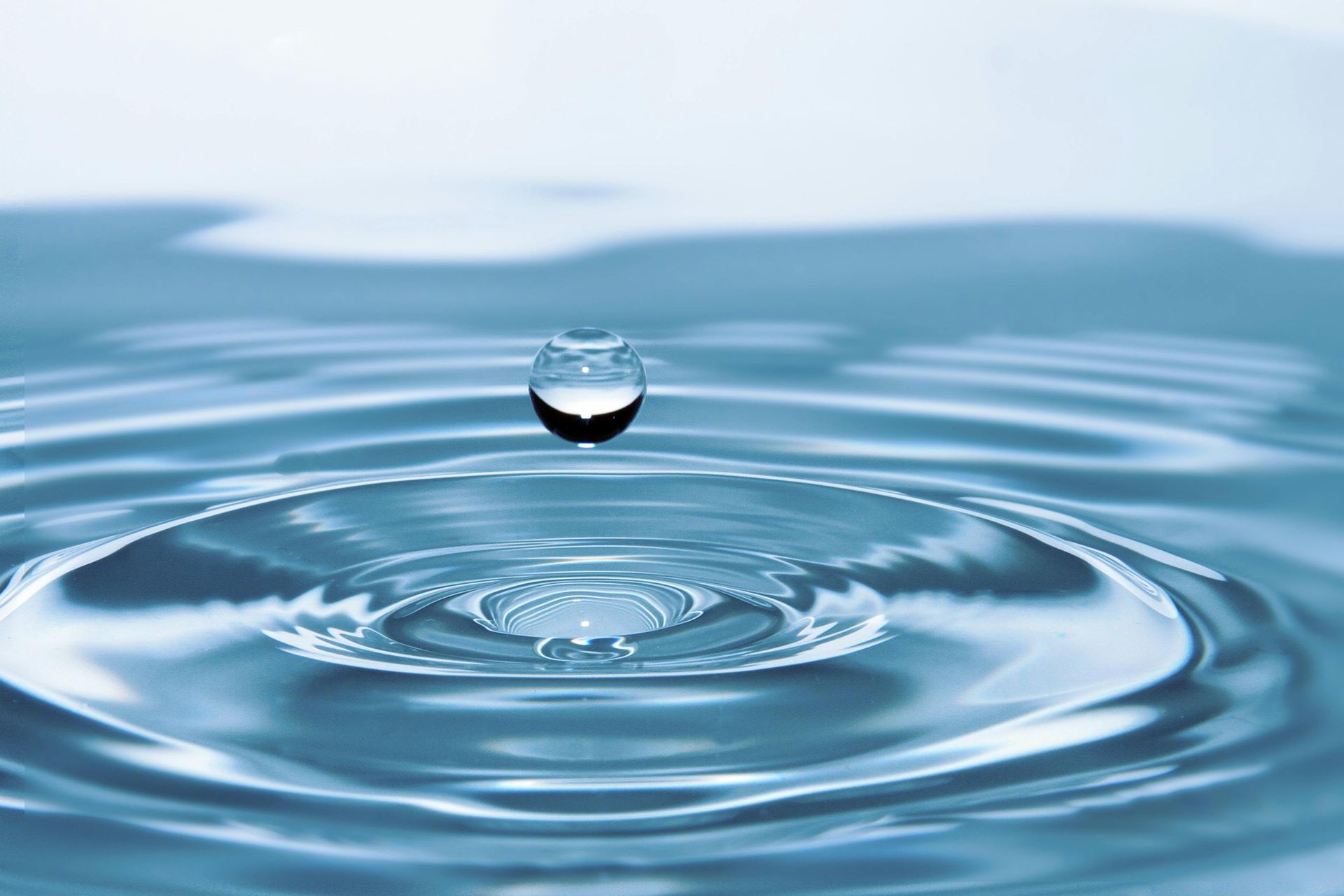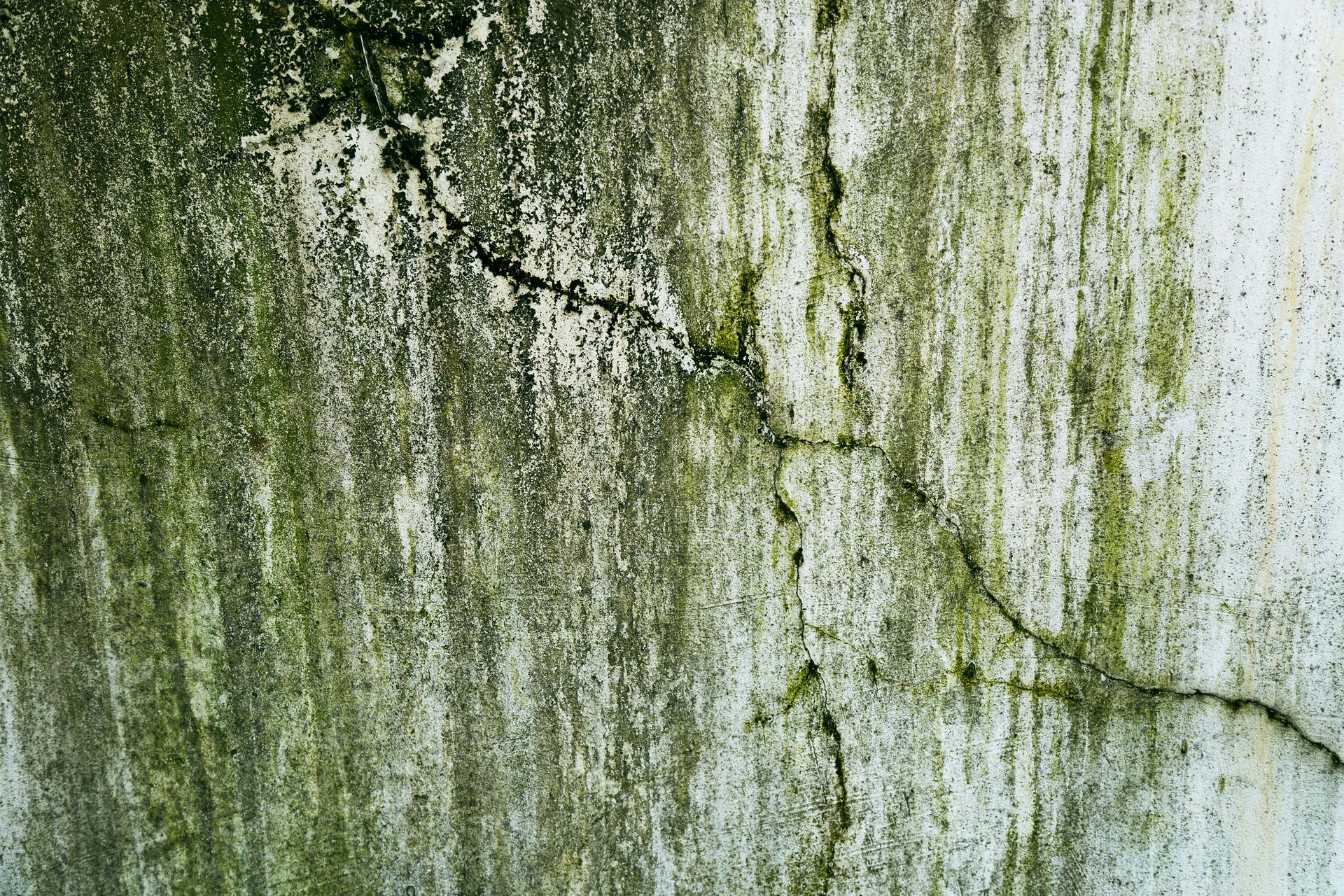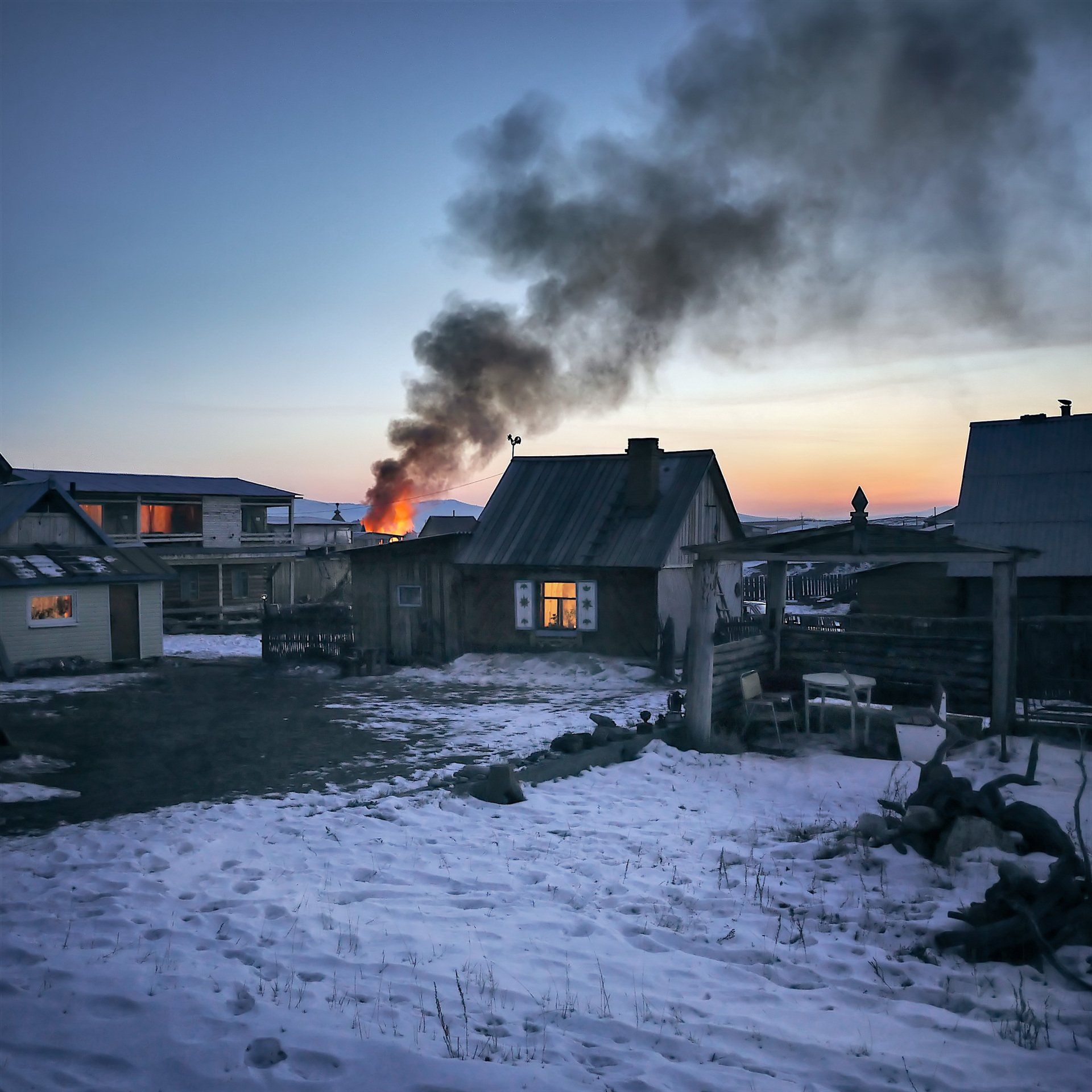Understanding the Science of Drying Water-Damaged Materials
Understanding the Science of Drying Water-Damaged Materials
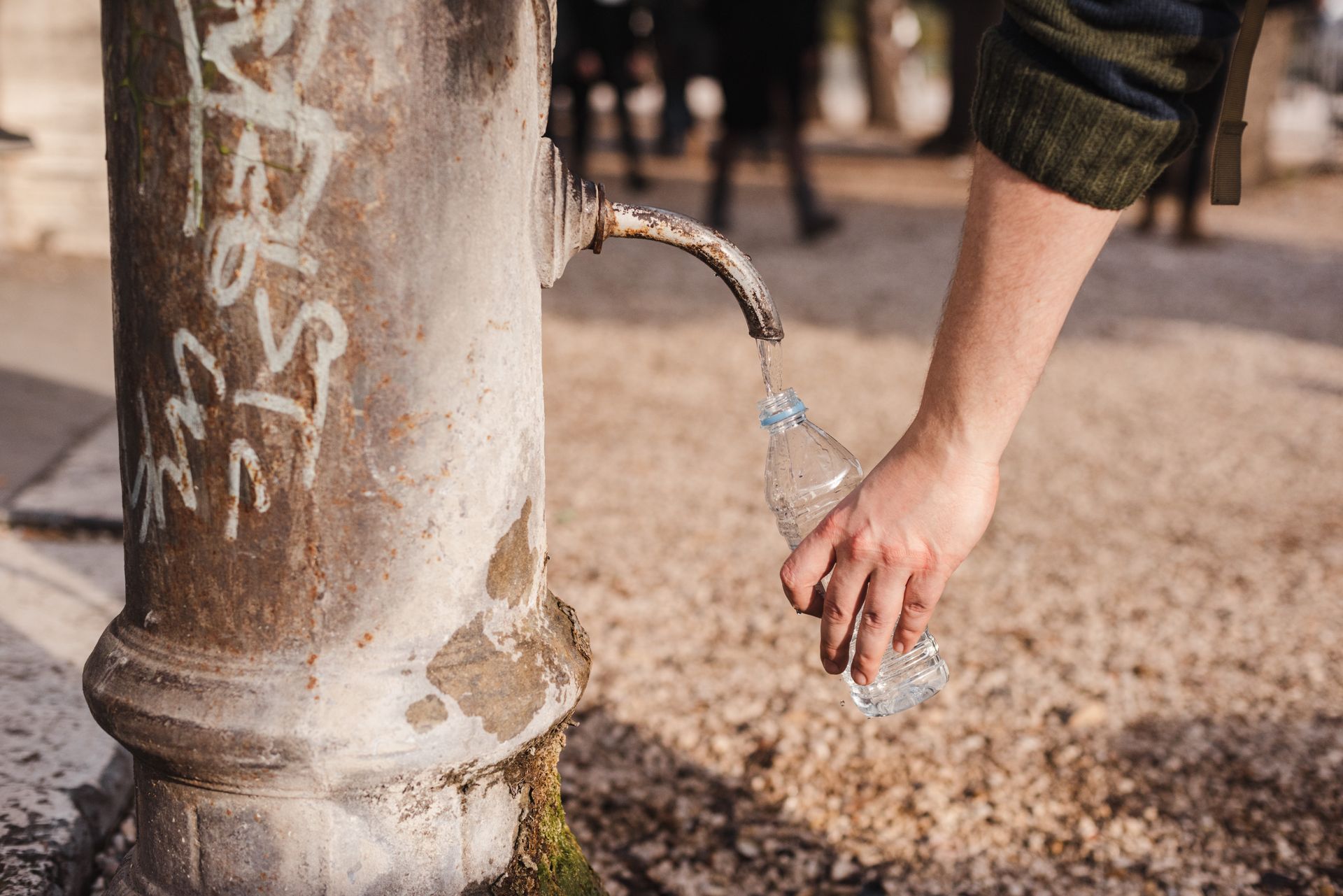
Water damage is one of the most common and destructive issues property owners face. Whether caused by flooding, burst pipes, or roof leaks, water intrusion can lead to significant damage if not addressed promptly and effectively. The science of drying water-damaged materials is essential to not only restoring the affected area but also to preventing further damage, including mold growth and structural degradation. In this blog, we’ll explore the science behind drying water-damaged materials and why professional restoration services are critical in ensuring a successful recovery.
1. The Nature of Water Damage
Water damage impacts materials in various ways depending on the type of water (clean, gray, or black), the material's porosity, and the duration of exposure. The more porous a material is, the more water it will absorb. For instance, wood, drywall, insulation, and carpet fibers act like sponges, soaking up moisture that can lead to deterioration, swelling, or warping. As water seeps into these materials, it can create an ideal environment for mold and bacteria to grow, leading to even greater complications.
Understanding the different categories of water damage is essential for effective drying. Clean water damage typically comes from a clean source, like a broken pipe, while gray water is contaminated (e.g., from washing machines). Black water, such as floodwater, can contain harmful pathogens, requiring more specialized drying and sanitization methods.
2. The Importance of Evaporation
Evaporation is the primary process that drives water removal during drying. Water, when it evaporates, changes from a liquid to a gas state. In the context of water damage restoration, this is a key process that removes moisture from materials and helps restore normal conditions. Evaporation requires a significant amount of energy, and this energy comes from the environment around the water-damaged materials.
The rate of evaporation depends on several factors:
Temperature: Higher temperatures accelerate evaporation.
Airflow: Increased airflow helps move moisture-laden air away from the surface, allowing for faster drying.
Humidity: Lower humidity speeds up the evaporation process as moisture moves from areas of high concentration to areas of lower concentration.
3. Moisture Detection and Monitoring
Effective drying starts with the proper detection and monitoring of moisture levels within the affected materials. Restoration professionals use moisture meters to identify the extent of water penetration into various materials. These devices measure both the surface and deep moisture levels, ensuring that drying efforts are applied to the right places.
Furthermore, monitoring equipment like hygrometers and thermo-hygrometers is used to track temperature and humidity levels throughout the restoration process. Continuous monitoring ensures that drying conditions remain optimal, allowing professionals to make adjustments as needed.
4. The Role of Dehumidification
Dehumidification is a critical component in the drying process. While evaporation removes water from wet materials, dehumidification removes the moisture from the air. As air moisture increases, the evaporation process slows down, so controlling the humidity is crucial for maintaining an efficient drying environment.
Dehumidifiers, both refrigerant and desiccant types, are used in water damage restoration to draw moisture out of the air and help bring humidity levels down. By lowering the ambient humidity, these devices enhance the rate at which materials dry, preventing mold growth and structural damage. A restoration company will carefully calculate how many dehumidifiers are needed based on the size of the affected area and the severity of the water damage.
5. The Use of Air Movement for Faster Drying
In conjunction with dehumidifiers, air movers or industrial fans play a significant role in the drying process. By increasing airflow over wet surfaces, air movers speed up the evaporation process and prevent moisture from lingering. This is especially important for materials like carpets, wood floors, and drywall, which can easily retain moisture without proper airflow.
Professional restoration teams use high-velocity air movers that can direct a focused stream of air to precisely the right spots. These machines can dry areas deep within porous materials, promoting more thorough drying and minimizing the risk of future damage.
6. The Importance of Thoroughness in Drying
Water can cause hidden damage within materials that is not immediately visible. For example, moisture may seep into wall cavities, beneath floorboards, or into insulation. If these areas are not dried completely, the materials can remain vulnerable to mold growth or rot, which can compromise the structure and indoor air quality.
Thorough drying requires specialists to employ specialized techniques, such as injecting warm air into wall cavities or removing baseboards to create airflow behind walls. Additionally, tools like thermal imaging cameras may be used to identify areas with trapped moisture that are not easily detected by the naked eye.
7. Preventing Secondary Damage: Mold and Structural Issues
One of the most significant risks associated with improper drying is the growth of mold and mildew. Mold can begin to develop within 24-48 hours in a damp environment, making it crucial to dry materials as quickly as possible to prevent contamination. Once mold starts to grow, it not only worsens the damage to materials but also creates serious health risks, including respiratory problems and allergic reactions.
In addition to mold, improper drying can lead to structural issues such as wood warping, drywall crumbling, and weakening of structural components. A professional restoration service will ensure that drying is done properly to avoid secondary damage, helping to protect the structural integrity of your property.
8. The Role of Professional Restoration Services
While the science behind drying water-damaged materials is complex, professional restoration services make the process much more manageable. Experienced technicians have the tools, training, and expertise needed to dry materials quickly and effectively, ensuring that all areas are properly treated. They also have the ability to handle any challenges that arise, such as hidden moisture or challenging environmental conditions, reducing the likelihood of secondary damage.
A key advantage of working with a restoration company like Ercolano Cleaning & Restoration is that they have access to advanced technology that enhances drying efficiency. From moisture detection tools to industrial-grade dehumidifiers and air movers, professional teams can handle large-scale water damage situations, ensuring that your property is restored to its pre-loss condition in a timely manner.
Why Choose Ercolano Cleaning & Restoration?
When dealing with water damage, time is critical. The longer you wait, the more severe the damage can become, leading to costly repairs and the potential for health risks. At Ercolano Cleaning & Restoration, we specialize in the science of drying water-damaged materials, providing efficient and effective solutions tailored to your specific needs. Our team of experts uses state-of-the-art equipment and techniques to ensure that your property is thoroughly dried, preventing further damage and promoting a safe, healthy environment.
If you’re facing water damage, don’t delay. Contact Ercolano Cleaning & Restoration today for expert drying and restoration services. Let us help you restore your property and protect your investment from further damage. Our team is ready to assist you every step of the way, providing the professional support you need.
In Need of Restoration Services?
In need of restoration services? Give us a call at (203) 671-3206 or complete the contact form.
Quick Links
Contact Us
Ercolano Cleaning & Restoration
65 Amity Rd, New Haven, CT 06515, United States of America
All Rights Reserved | Ercolano Cleaning & Restoration
